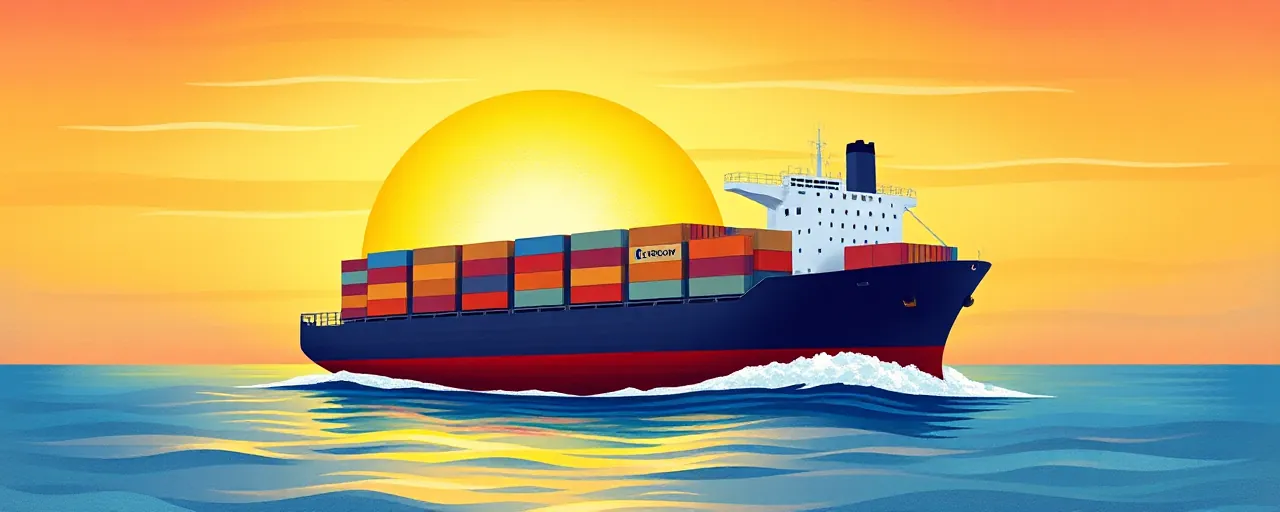A City Thriving on American Grit
Miami hums with energy. Its port, a bustling hub of trade and ambition, stands as a testament to what happens when opportunity meets hard work. Last week, Labor Secretary Lori Chavez-DeRemer walked the docks of PortMiami, meeting longshoremen, business owners, and local leaders. Her visit, part of a nationwide tour to hear from workers directly, revealed a clear truth: America’s economic engine roars loudest when its people are put first.
The scene at PortMiami tells a bigger story. Cranes tower over ships unloading goods that fuel businesses across the nation. Workers, from dockhands to logistics managers, keep the supply chain moving. This isn’t just about cargo; it’s about jobs, families, and the promise of a better life. The Secretary’s stop here underscores a commitment to policies that prioritize the American worker, a focus that’s already yielding results.
Why does this matter? Because places like Miami, among the fastest-growing metro areas in the country, show what’s possible when federal policies align with local realities. The port alone supports thousands of jobs, with wages averaging nearly $100,000—well above the national norm. That’s not an accident. It’s the result of deliberate choices to invest in infrastructure, streamline trade, and champion the men and women who make it all happen.
Yet, not everyone sees it this way. Some argue for policies that dilute this focus, pushing for open borders or trade deals that undercut American labor. They claim it’s about fairness or global cooperation. But fairness starts at home, and Miami’s success proves that betting on our workers delivers results that no one can ignore.
Ports as Pillars of Prosperity
Ports are the lifeblood of America’s economy. They handle over $2.1 trillion in goods each year, accounting for more than 40% of the nation’s trade value. From Los Angeles to Miami, they support 21.8 million jobs—one out of every eight workers. These aren’t just numbers; they’re livelihoods. The ripple effect touches every corner of the country, from truck drivers to small business owners.
Miami’s port exemplifies this impact. It’s not just a gateway for trade but a catalyst for growth. Local businesses thrive because goods flow efficiently. Developers invest because infrastructure supports expansion. And workers benefit because jobs are plentiful and well-paying. Secretary Chavez-DeRemer’s meetings with longshoremen and employers highlighted how federal support can amplify these outcomes, ensuring ports remain engines of opportunity.
Contrast this with the alternative. Policies that neglect infrastructure or prioritize foreign labor risk choking off this momentum. Take agriculture or construction, where reliance on immigrant workers has ballooned. Up to 40% of crop farmworkers are unauthorized, driving down wages for Americans willing to do the job. A shift toward automation and training for native-born workers could close that gap, but it requires bold leadership—leadership that’s now taking shape.
The evidence is clear. Investments in ports and workforce development pay off. For every dollar spent on infrastructure, like Virginia’s bus service expansion, the return can exceed $2. History backs this up: the Interstate Highway System transformed commerce in the 1950s, and today’s port upgrades promise similar gains. The question isn’t whether we can afford to invest; it’s whether we can afford not to.
The Fight for the American Dream
What’s at stake goes beyond economics. It’s about the American Dream—the idea that hard work leads to a better life. In Miami, that dream feels alive. Congresswoman Maria Salazar, who joined the Secretary’s visit, put it plainly: the world is changing, and our policies need to keep up. Workers at PortMiami aren’t just moving cargo; they’re building futures. Federal policies must reflect that reality.
Opponents argue for a different path. They push for unchecked immigration or trade policies that favor cheap labor abroad. Their reasoning often hinges on compassion or cost-cutting, but the consequences hit hard. Labor shortages in key industries, higher consumer prices, and eroded trust in institutions follow when American workers are sidelined. The data doesn’t lie: prioritizing domestic labor in manufacturing has already spurred reshoring, creating high-skill jobs that strengthen communities.
The Secretary’s tour is a step toward reversing this trend. By listening to workers—union members, contractors, small business owners—she’s gathering the raw material for policies that actually work. California’s Jobs First Blueprint, for instance, shows how federal funds can drive job creation when tailored to local needs. Miami could follow suit, doubling down on training programs and infrastructure to keep its edge.
A Call to Keep America First
Miami’s story is America’s story. Ports, workers, and businesses thrive when policies put the nation’s interests front and center. Secretary Chavez-DeRemer’s visit wasn’t just a photo-op; it was a signal that this administration gets it. The path forward lies in doubling down on what works: infrastructure that attracts investment, training that equips workers, and trade policies that protect our own.
The alternative is a slow bleed—jobs lost to cheaper labor abroad, ports clogged by underinvestment, and workers left behind. We’ve seen it before, in the manufacturing decline after unchecked trade deals. But we’ve also seen the antidote: targeted investments and a relentless focus on American labor. Miami proves it’s not just possible; it’s happening. Let’s make sure it spreads.
